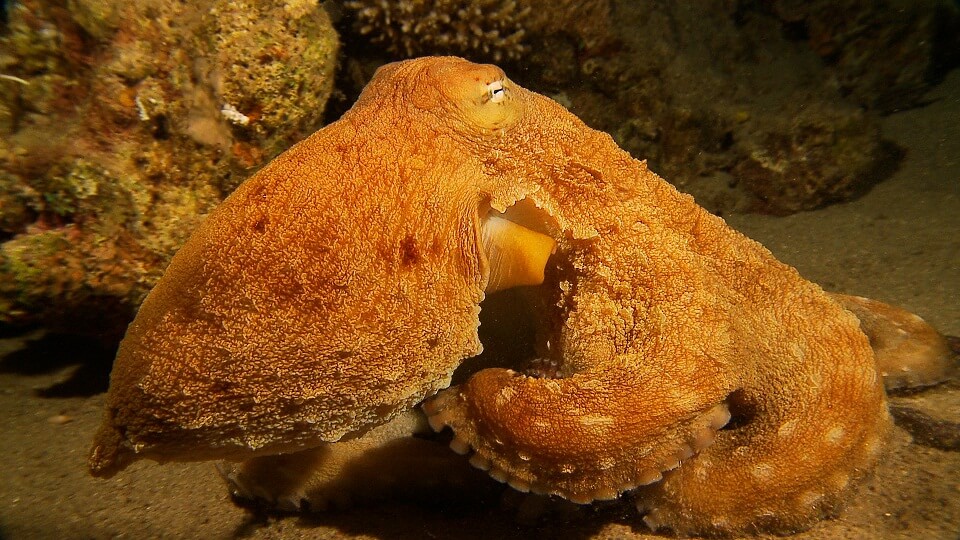The octopus creates successful camouflage when it uses the characteristics of selected objects in its environment

Most animals use camouflage in its many forms. At the same time, very little is known about how good camouflage is created and what its characteristics are. Jets (a class of marine animals, considered the most developed from an evolutionary point of view) in general and octopuses in particular have the best and fastest camouflage abilities in the animal world. The sophisticated structure of the octopus's skin, the nervous system and its multitude of senses work in coordination, allowing the octopus to produce camouflage and communication patterns on the surface of its skin, patterns that can change with extraordinary speed. When you're surrounded by a sea of potential predators, the best way to avoid becoming a meal is to make sure none of them see you in the first place.
The cephalopods in general and octopuses in particular are great experts in camouflage and manipulate the colors and textures of their skin in order to hide and communicate among themselves. But their strategy, it turns out, is not simply to blend into the general background around them. Researchers from the Ben-Gurion University of the Negev, in collaboration with the Zoological Center in Naples, worked to uncover the secrets of the camouflage. The findings of this research are part of Noam Yosef's doctoral thesis, under the guidance of Dr. Nadav Shasher, as part of a program for marine biology and biotechnology at the Eilat campus of the university. The findings were recently published in the prestigious journal PLoSOne and received a lot of attention.
The study examined, using mathematical tools for image analysis, the environmental parameters and the amount of information collected in order to create a convincing camouflage model. The research was conducted in Eilat, but was completed with a research trip to the island of Capri and the biological research station in Naples, Italy. Its results have clear practical consequences and not only in the military field.
During the research, two species of octopuses were photographed in the sea: the common octopus (Octopus cyanea) and the common octopus (Octopus vulgaris). Every photo taken from the bird's eye view, or more precisely the shark's view, was converted into an image in the colors of its nose (because octopuses are color blind). The researchers selected from the image a rectangle containing the octopus' cloak (its body without its arms) and image processing software compared the octopus model to the rest of the image, while looking for a match. The good matches to the octopus were not actually found on the bottom near them or showed a match to many areas in the image. Instead, 10 out of 11 octopuses imitated a clear object or a specific object nearby. They resembled a coral, a rock, a strange patch of sand, or a patch of seaweed.
An octopus sitting on the reef has to take care to remain camouflaged even from a large fish from above, as well as from eels and other predators that emerge from the sides. Since enemies approaching from different angles will see the octopus against a different background, it might make sense for the octopus to give up the perfect blend. Even after being camouflaged, the octopuses may sometimes make a mistake and simply remain conspicuous to the eye. However, in a complex environment like a coral reef, acquiring key features of a particular object can serve the octopus better than adapting its appearance to the general appearance of the reef.
Scientists have discovered special cells in octopus skin that help them perform the imitations: sophisticated pigment cells, reflective and light-scattering cells. But Noam says there are still more questions than answers: "What are the visual cues used by those animals? How do octopuses adjust their color even though they are color blind? What information is transmitted from the eye to the brain? And what does an octopus really see? We are still "far from fully understanding" the principles of camouflage. We have to keep looking for bits of information. That is, assuming we can find them."
The full article can be read at the link: http://dx.plos.org/10.1371/journal.pone.0037579

One response
I saw in the NGC an octopus in the laboratory who is shown a chess board and in response it draws a chess board on its body.